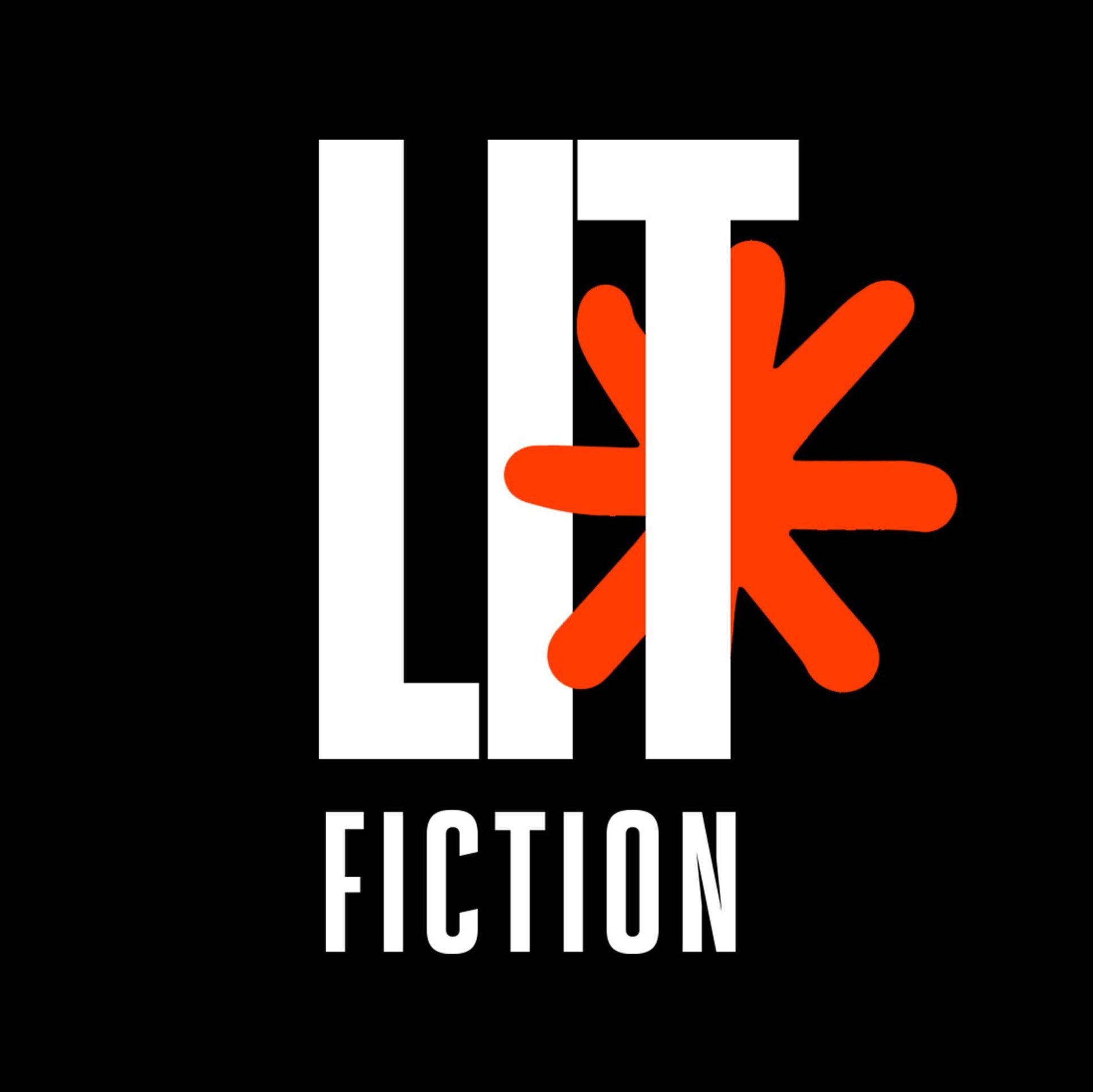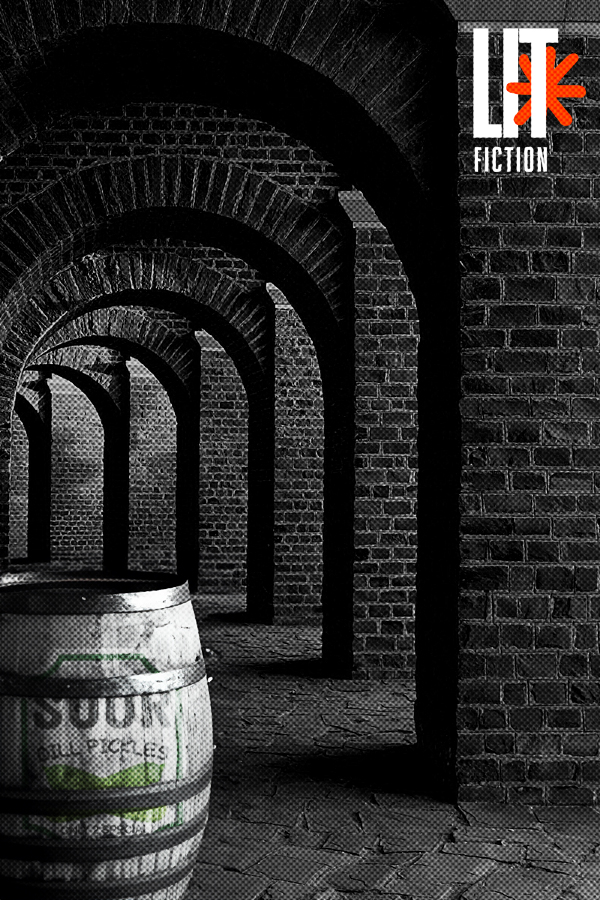This week, Joey, Colin, and Jennifer discuss: “Woman, Frog, and Devil,” by Olga Tokarczuk, which is featured in the June 3rd issue of The New Yorker. This story offers a complex exploration of family dynamics, gender roles, and transformation, all set against a backdrop that feels both historical and timeless. The narrative dives into the intersection of masculinity, empathy, and personal identity, where a young boy comes of age under the influence of his domineering father, uncle, and nurturing nanny.
Our Thoughts
Colin dives deep into the theme of masculinity and initiation rites, drawing parallels between this story and works like Babel’s “My First Goose.” He appreciates the layered portrayal of the young boy’s moral struggle and the way he resists conforming to the machismo expectations of his father and uncle.
“This boy was more of an authentic individual because he didn’t succumb to the pressure to be a macho man right? And he wasn’t willing to live with the consequences.”
— Colin
Jennifer highlights the gender dynamics and generational conflict in the story. She reflects on how women are portrayed through a lens of mistrust and disdain by the male characters, and she finds this depiction reflective of ingrained societal prejudices.
“They acknowledged that this kid was suffering, but he was like, that’s what men do. They suffer.”
— Jennifer
Joey connects the story to religious iconography, interpreting the symbolic connections between the titular woman, frog, and devil with Christian themes. He also discusses the intersection of queer identity with the themes of personal transformation and rejection of traditional masculinity.
“This resonates with me as a queer person because these are queer activities. He was giving ancient Greek realness, feeling his oats. There’s such a sense of freedom.”
— Joey
Key Themes Discussed
- Masculinity and Machismo: The father and uncle try to enforce traditional masculine roles on the boy, but he resists, creating tension in his relationship with them.
- Transformation and Identity: Themes of metamorphosis, both physical and psychological, run throughout the story, especially as the boy navigates his emerging sense of self.
- Religious and Cultural Iconography: Joey draws connections between the story’s symbols and Christian themes, seeing a deeper meaning in the trio of “woman, frog, and devil.”
- Gender and Power: Jennifer explores the misogyny present in the story, particularly how women are viewed as treacherous and unreliable by the male characters.
- Empathy and Emotional Conflict: Colin notes the boy’s emotional struggle and empathy, especially in his refusal to conform to the brutal lessons of his father and uncle.
Conclusion
The group wraps up their discussion by reflecting on how “Woman, Frog, and Devil” invites readers to examine societal expectations of gender, power, and identity. Tokarczuk’s intricate storytelling leaves much open to interpretation, allowing the themes of transformation, queerness, and emotional resistance to unfold in a compelling, layered narrative.

